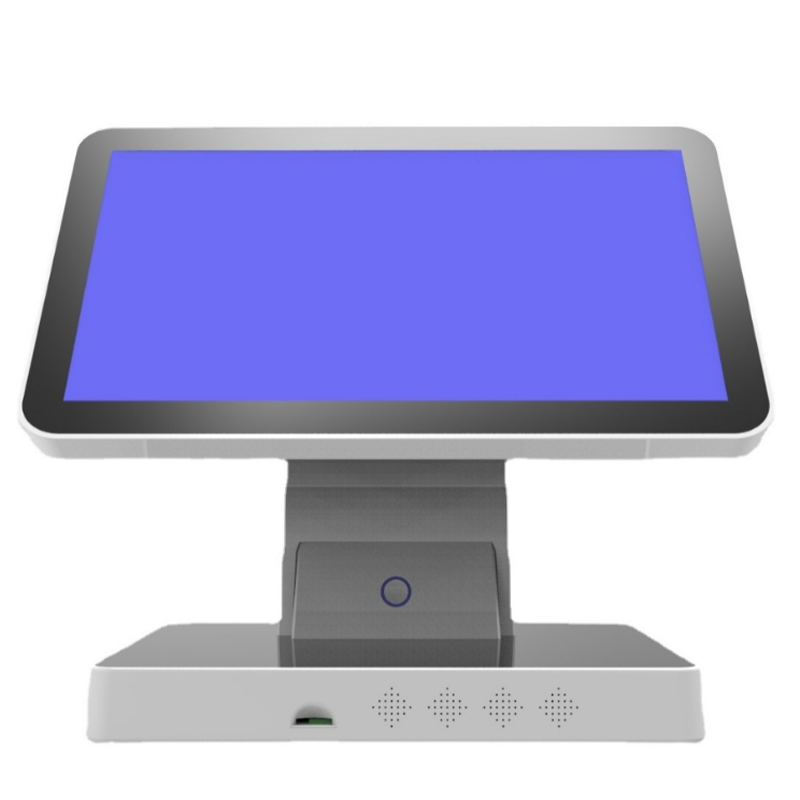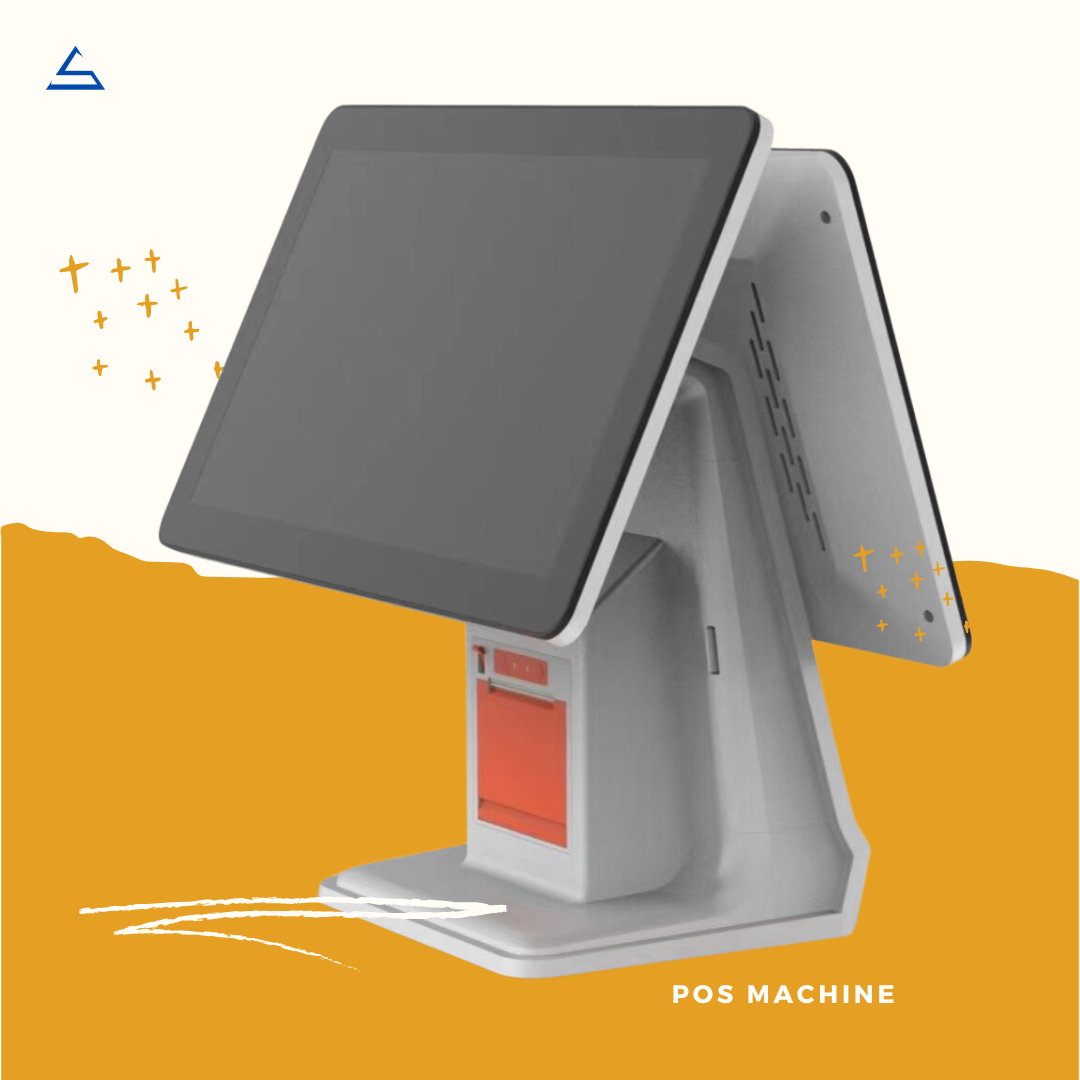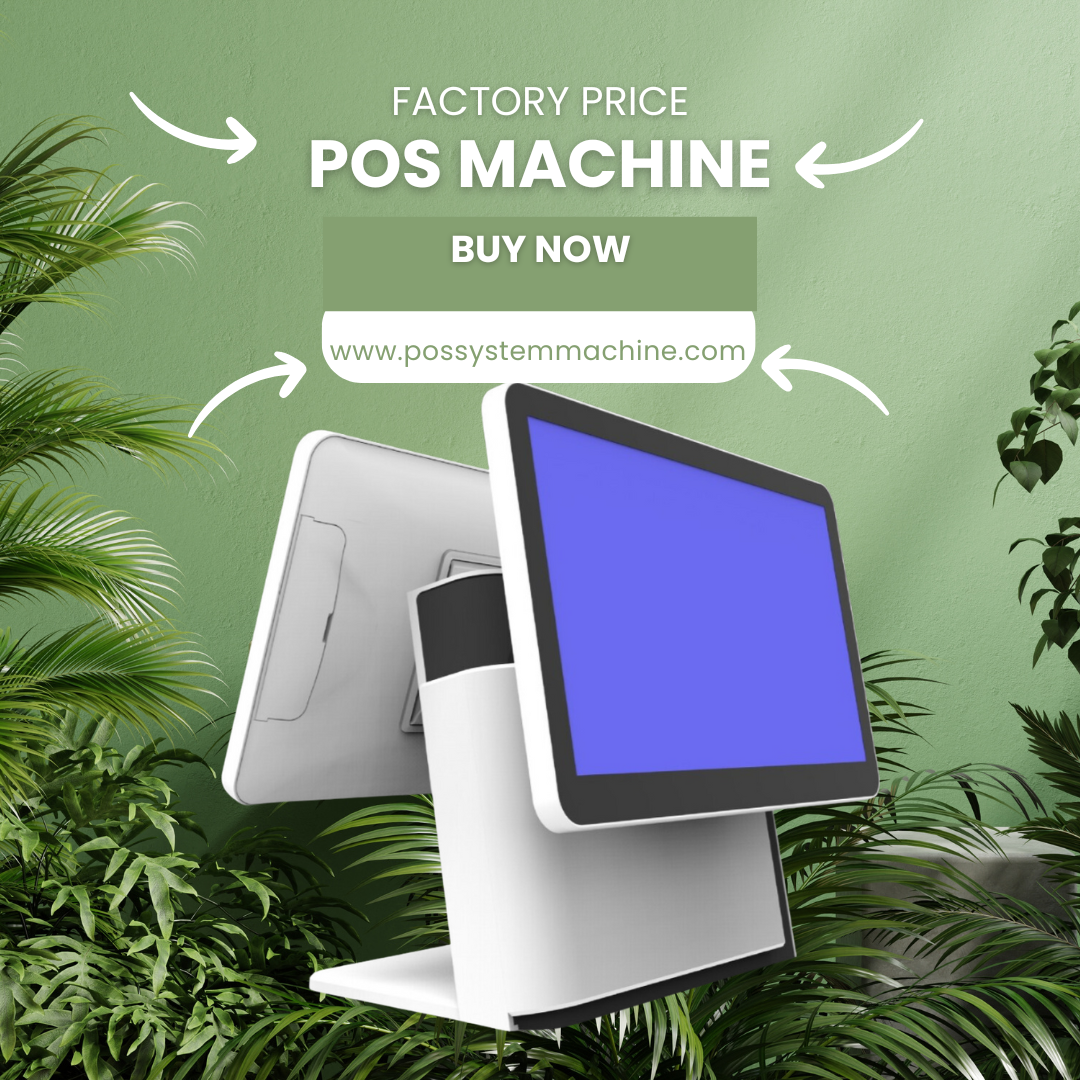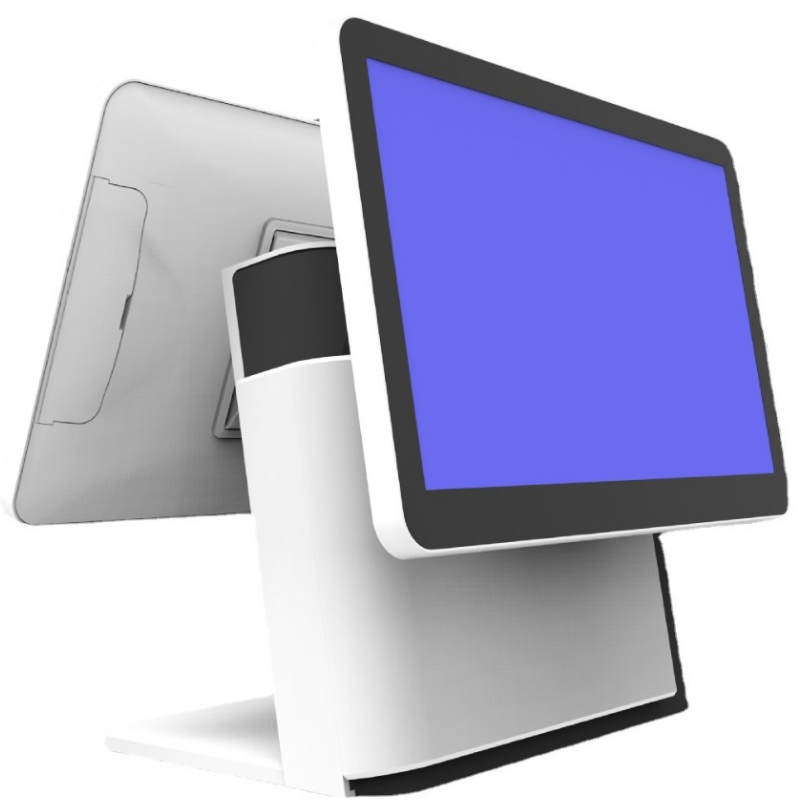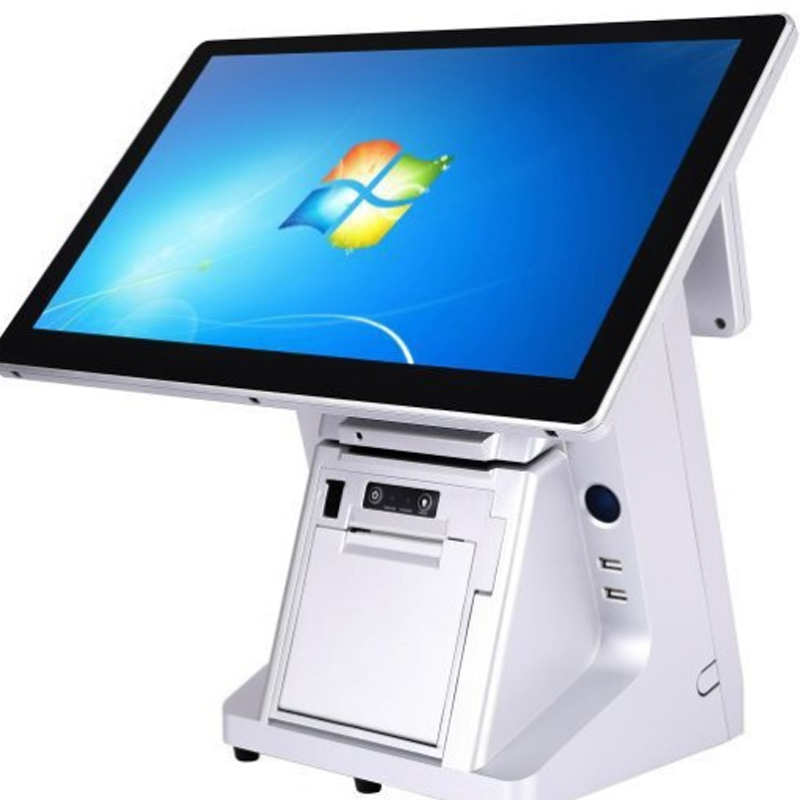how does pos machine works
Obsah
Zhrnutie
In today’s fast-paced business world, Point of Sale (POS) machines have become an essential tool for businesses of all sizes. These devices streamline transactions, improve accuracy, and enhance the overall customer experience. But have you ever wondered how these machines actually work? In this comprehensive guide, we’ll dive deep into the inner workings of POS machines, exploring their components, functions, and benefits. Whether you’re a business owner looking to upgrade your system or simply curious about the technology behind modern commerce, this article will provide valuable insights into the world of POS machines.

Čo presne je pokladničný systém?
Predajné miesto (POS) system is more than just a cash register. It’s a comprehensive solution that combines hardware and software to process transactions, manage inventory, and gather valuable data about your business operations. At its core, a POS system includes:
- Hardware: This typically includes a computer or tablet, cash drawer, receipt printer, and barcode scanner.
- Software: The brains of the operation, POS software manages transactions, inventory, and reporting.
- Payment processing: This component allows the system to accept various forms of payment, including credit cards and mobile payments.
Ako funguje transakcia POS?
When a customer makes a purchase, here’s what typically happens behind the scenes:
- The cashier scans the item’s barcode or enters the product code manually.
- Stránka POS software identifies the product and its price from the inventory database.
- The system calculates the total, including any applicable taxes or discounts.
- The customer chooses a payment method (cash, credit card, etc.).
- For card payments, the POS system communicates with the payment processor to authorize the transaction.
- Once approved, the sale is completed, and a receipt is printed.
- The POS system updates the inventory and sales records automatically.
This process happens in seconds, providing a seamless experience for both the customer and the cashier.
Aké sú rôzne typy pokladničných systémov?
POS systems come in various forms, each suited to different business needs:
- Tradičné POS: These are the countertop systems you often see in retail stores.
- Mobile POS: Ideal for businesses on the go, these systems use smartphones or tablets.
- Cloud-based POS: These systems store data in the cloud, allowing access from anywhere.
- Self-service kiosks: Often used in fast-food restaurants or movie theaters.
- Omnichannel POS: These systems integrate in-store and online sales channels.
The best POS system for your business will depend on your specific needs and industry.
What Are the Key Components of a POS Machine?
A typical POS machine consists of several key components:
- Computer or tablet: This serves as the central processing unit.
- Cash drawer: For storing cash and checks.
- Receipt printer: To provide customers with a record of their purchase.
- Barcode scanner: For quickly inputting product information.
- Card reader: To process credit and debit card payments.
- Display screen: Shows transaction details to both cashier and customer.
Some modern POS systems, especially cloud-based POS systems, may combine several of these components into a single device, like a tablet with a card reader attachment.
How Does POS Software Enhance the Transaction Process?
POS software is the engine that drives the entire system. Here’s how it enhances the transaction process:
- Inventory management: Automatically updates stock levels with each sale.
- Price management: Allows for easy updates to pricing and promotions.
- Employee management: Tracks employee sales and hours worked.
- Reporting and analytics: Provides insights into sales trends and business performance.
- Customer relationship management: Stores customer data for loyalty programs and targeted marketing.
Aké sú výhody používania pokladničného systému?
Implementácia POS system can bring numerous benefits to your business:
- Improved accuracy: Reduces human error in pricing and inventory management.
- Faster transactions: Speeds up the checkout process, improving customer satisfaction.
- Better inventory control: Real-time tracking helps prevent stockouts and overstock situations.
- Enhanced reporting: Provides valuable insights to inform business decisions.
- Improved customer service: Quick access to product information and customer history.
- Streamlined operations: Integrates various business functions into one system.
How Do POS Machines Handle Different Payment Methods?
Moderné POS machines are designed to handle a variety of payment methods:
- Cash: The system calculates change and updates the cash drawer balance.
- Credit/Debit cards: The machine communicates with the payment processor to authorize the transaction.
- Mobile payments: Many POS systems now accept payments through services like Apple Pay or Google Wallet.
- Checks: Some systems can scan checks for immediate processing.
- Gift cards: POS systems can often issue and redeem store-specific gift cards.
This flexibility allows businesses to cater to customer preferences and stay current with payment trends.
What Security Measures Do POS Systems Employ?
Security is a crucial aspect of POS systems, given the sensitive nature of transaction data. Here are some common security measures:
- Encryption: All data transmitted between the POS and the payment processor is encrypted.
- PCI compliance: POS systems must meet Payment Card Industry Data Security Standard (PCI DSS) requirements.
- User authentication: Employees have individual logins with specific access levels.
- Regular updates: Software updates often include security patches to address new threats.
For more information on keeping your POS system secure, check out our guide on POS security best practices.
How Do POS Systems Integrate with Other Business Tools?
Modern POS systems often integrate with other business tools to create a comprehensive management solution:
- Accounting software: Automatically syncs sales data with your accounting system.
- E-commerce platforms: Allows for seamless management of online and in-store sales.
- Customer relationship management (CRM) tools: Helps track customer interactions and preferences.
- Employee management systems: Integrates with time tracking and scheduling software.
These integrations can significantly streamline your business operations and provide a more holistic view of your business performance.
Často kladené otázky o pokladničných systémoch
- Q: How much does a POS system cost? A: Costs can vary widely, from free basic systems to thousands of dollars for advanced setups. Consider both upfront costs and ongoing fees.
- Q: Can I use my existing hardware with a new POS system? A: It depends on the system. Some are compatible with a wide range of hardware, while others require specific equipment.
- Q: What happens if my internet goes down? A: Many modern POS systems have offline modes that allow you to continue processing transactions, which sync once the connection is restored.
- Q: How often should I update my POS software? A: It’s best to keep your software up-to-date at all times. Many cloud-based systems update automatically.
- Q: Can a POS system help with tax compliance? A: Yes, most POS systems can be configured to automatically calculate and track sales tax.
In conclusion, POS machines have revolutionized the way businesses handle transactions. By understanding how these systems work, you can make informed decisions about implementing or upgrading your POS system to improve efficiency, accuracy, and customer satisfaction.
Značky
Produkt
Blog
Kontaktujte nás
Súvisiace produkty
Často kladené otázky o výrobe drevených debien

